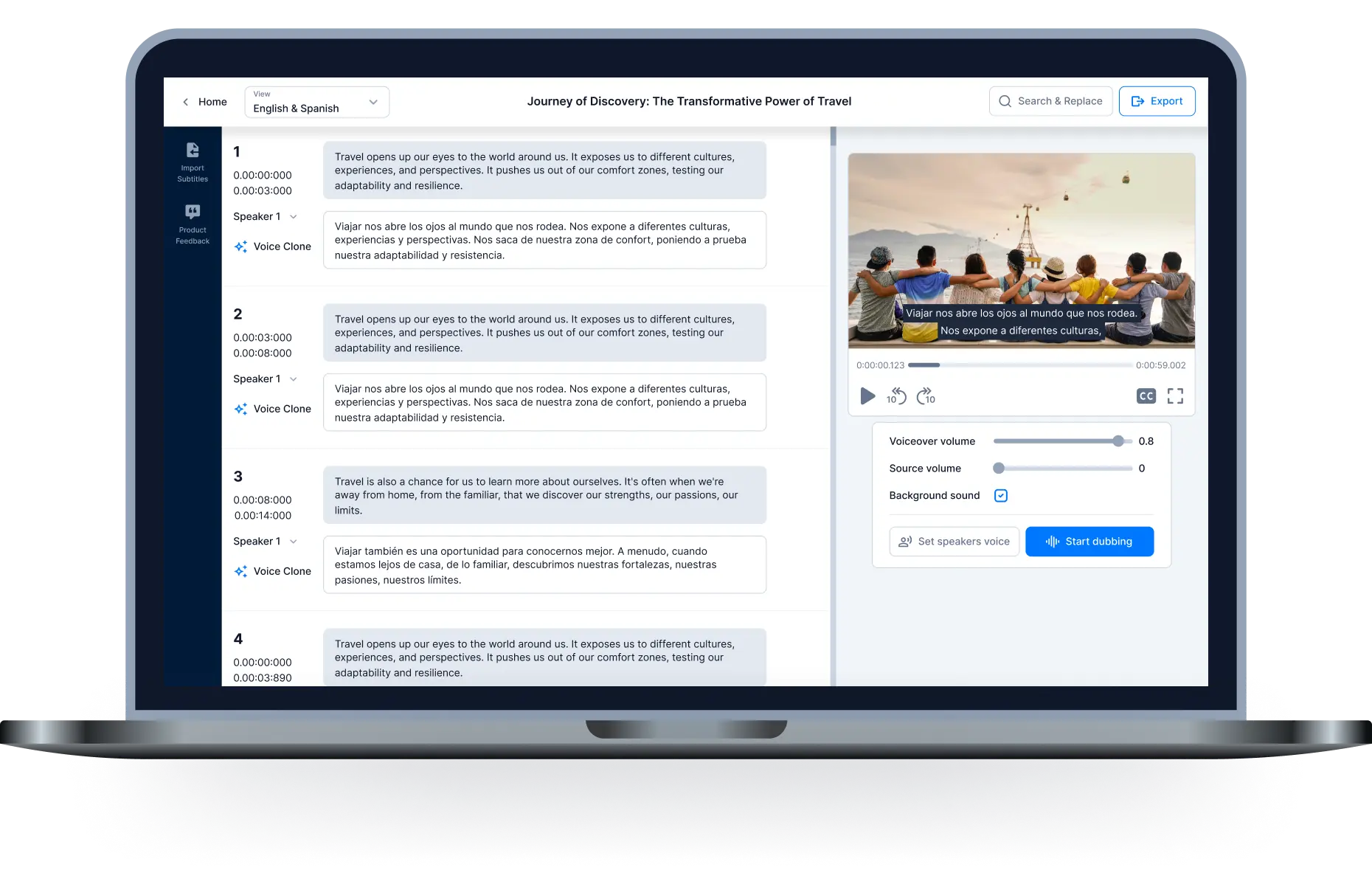What is simultaneous interpretation? Why and how to use simultaneous interpretation?

Simultaneous interpretation is the real-time translation of a message from one language to another by an interpreter. In contrast to sequential interpreting, this method ensures that the speaker's natural flow is not interrupted and that the output to the listeners is seamless.
What exactly is simultaneous interpretation?
Simultaneous interpretation is among the various translation kinds used for business purposes. The main distinction between simultaneous translation and general translation is that the latter is carried out by an interpreter.
A translator with good audio abilities can also serve as an interpreter. When a speaker (the client) speaks while the translator/interpreter listens and translates the words into the target language, simultaneous translation is taking place.
Simultaneous translation is more challenging and demanding than conventional translation. As a result, the translator typically works in 30-minute rotating stints. This totals at least 4,500 words throughout the allotted 30 minutes.

The importance of simultaneous conference interpretation
It is crucial to use simultaneous interpreting to overcome linguistic difficulties internationally. Interpreters act as the voice of international conferences, enabling speakers of many languages to communicate regardless of their mother tongue.
Simultaneous interpreting has a number of benefits over other interpreting techniques, including it saves time and ensuring that all participants receive the intended message because interpretation occurs in real-time and without interrupting the speaker's flow; it is more accurate because the interpreter doesn't have to rely as heavily on memory as they would in consecutive interpreting, where they would mostly use notes and memory to reproduce speech; and it guarantees accurate communication.
What is the process for simultaneous interpretation?
It is necessary for the interpreter and the audience members who speak a foreign language to use simultaneous interpretation technology. A transmitter and microphone for the interpreter, along with a set of wireless listeners with headphones for the audience, make up a basic SI system.
The speaker should be understood by the audience as they listen, without pausing to have the speech translated. Simultaneous interpretation, often known as simultaneous translation, is done while the interpreter from conference interpretation services is actively listening to the speaker. Everyone can hear the interpretation through their own headphones by connecting the interpreter's microphone to the transmitter, which then transmits a signal to the individual wireless receivers.
Benefits of Simultaneous Interpretation
One of the key advantages of simultaneous interpreting is that it maintains the presentation's natural flow. Because time is valuable, this method of interpretation only involves a brief delay before the information is transmitted from the source language to the destination language.
Real-time interpretation takes place when there is simultaneous interpreting. No part of the speech is translated by the interpreter while the speaker is speaking. While the interpreter from conference interpretation services works to translate their voice into another language, they are free to keep talking.
The interpreters are not a part of the group of participants. This suggests that it is possible to translate speech into multiple languages simultaneously. By switching the channel on their headphones, participants select their preferred language.
Try Interpreting meetings with AI (With 96% accuracy rate, support more than 70 languages)
The audience remains alert and engaged thanks to simultaneous interpretation. Attendees at conferences frequently converse or study conference materials. They don't always pay attention to the speaker. In order to understand the speaker's message while there is simultaneous interpretation, attendees must pay close attention to what the interpreters are saying. Large multilingual conferences benefit greatly from simultaneous interpretation.
Drawbacks of Simultaneous Interpretation

Unlike the other types of interpreting labor, simultaneous interpreting is not interactive. It is also more expensive because each target language normally needs two interpreters. The simultaneous interpreter needs a break every half hour because of the intense concentration required of them.
Specialized tools, such as soundproof cabins, conference headsets, wiring from the booths to the headsets, and microphones, are needed for this kind of interpretation. In the event that the booth is not in the same place as the conference, cameras and tv screens are helpful for giving the interpreters a visual of the speaker.
Conclusion
The goal of simultaneous translation is perfection and skill development. The need for simultaneous translation will keep growing as there are more international summits held throughout the world.

More than ever, conference interpretation services are modernizing their procedures in a smarter and more effective manner. Hei is one of the top translation agencies that helps break through communication barriers.
Try Interpreting meetings with AI (With 96% accuracy rate, support more than 70 languages)
Features of Hei Meet
1, You are guaranteed to find something that's right for you
2, AI Simultaneous interpretation for Online Meeting
3, Cross-platform connection: Zoom, Google, Teams
4, Easy to connect interpreter API
5, Save text conversations after meeting
FAQ:
Is simultaneous interpretation possible without a human interpreter?
Simultaneous interpreting is a highly specialized area of interpretation. An interpreter must have knowledge about the subject to be discussed as well as needed training, skills and experience for this job function which requires them enter into an isolation booth with at least one colleague who also has these qualifications in order make sure nothing goes wrong during conversations between two parties that don't know each others language too well . Try Interpreting meetings with AI (With 96% accuracy rate, support more than 70 languages)

All-in-one video editor tool
The easiest, most powerful subtitle and voice-over video editor. Loved and trusted by content creators and video agencies of 100+ brands to reach and engage with audiences better.


